TechRadar Verdict
Motorola gives a different value proposition, compared to what you’d typically get in the mid-range phones, with the Motorola Edge 30. You’ll get the fastest android phone in this segment with its 144 Hz screen, the best mid-range chipset and a near-stock Android experience. While this combination of specifications will give you a distinguished experience, there are better options for smartphone photography when compared to the Motorola Edge 30.
Pros
- +
Excellent performance
- +
Excellent screen
- +
Attractive slim design
Cons
- -
Cameras aren’t the best
- -
Slow Android updates
Why you can trust TechRadar
Two minutes review
When it comes to speed, you won't be able to put your hands on a better phone that Motorola Edge 30 in the mid-range segment, Motorola has hit all the right notes to get the perfect speedy Android phone with its combination of specifications, display, and near-stock Android with almost no bloatware.
With a Qualcomm Snapdragon 778G+ chipset paired with a lightning-fast 144Hz display and near-stock Android, it doesn't get faster than this. Motorola has struck gold with its balance in this phone creating the perfect composition for a speedy Android phone.
Other manufacturers should take notes from this phone on how to create a fast enjoyable Android experience on their phones instead of just stuffing their phones with lots of bloatware that ends up only slowing the phone without many users actually using them.
Android-version: 12
Processor: Snapdragon 778G+
RAM: 8 GB
Storage: 256 GB
Display: 6.5-inches FHD+ AMOLED with 144 Hz refresh rate
Size: 159.4 x 74.2 x 6.8 mm
Weight: 155 gram
Battery: 4020 mAh with 33w fast charging
Camera: 50 MP (f/1,8), 50 MP ultra-wide (f/2,2), 2 MP depth sensor (f/2,4)
Front Camera: 32 MP (f/2.3)
Video: 4K at 30 fps,1080p@30/60/120fps, 720p@960fps
The phone also comes with great design, albeit using plastic in all of the phone's build, with an elegant frosted back and a lightweight design, this phone is a pleasure to hold.
Top that up with a great AMOLED display and you'll end up having a great experience with the phone if you can overlook the camera's performance.
The photography is where this phone fell short in our review, despite having the same exact triple camera setup that you can find in Motorola Edge 30 Pro, here you will get a lot less picture quality, which may be due to the less powerful image processing unit in this phone.
The images from this camera were just okay in good lighting, but in lower lighting conditions, we found the picture quality to be lacklustre and lacking in details and sharpness.
Battery life in this phone gave us a decent full day of usage even on a 144Hz screen refresh rate, you can squeeze more out of the phone with the refresh rate turned down to 60Hz which will give you well over a day of usage.
Motorola Edge 30 pricing and availability
The Motorola Edge 30 is available now in two colours, Meteor Grey and Aurora Green. The phone comes in one variation with 256GB internal storage and 8GB of RAM and it’s priced at AED 1599 at motorola.ae and select retailers and e-tailers.
The phone’s pricing is reasonable for the design and the specs it offers but there are other options available in the market with lower prices like the Poco F4 that's available for AED 1,499 or the Samsung Galaxy A73 that's currently available for sale with the same price of AED 1,499. If you're an Apple fan you can also find that the latest version of the iPhone SE is now available for a similar price.
That being said, you won’t be able to find the slim design or the screen that this phone has to offer in any other mid-range phone.
Design
The Motorola Edge 30 comes with a standard materials made of plastic on the side and frosted plastic on the back, but it really shines when it comes to the thickness of the phone which came in at 6.79 mm only. The oval-shaped camera bump was slightly thicker than the rest of the back but it isn’t annoying.
The frosted back is prone to smudges so you might want to use the bundled case that also makes the camera bump flush with the surface of the case
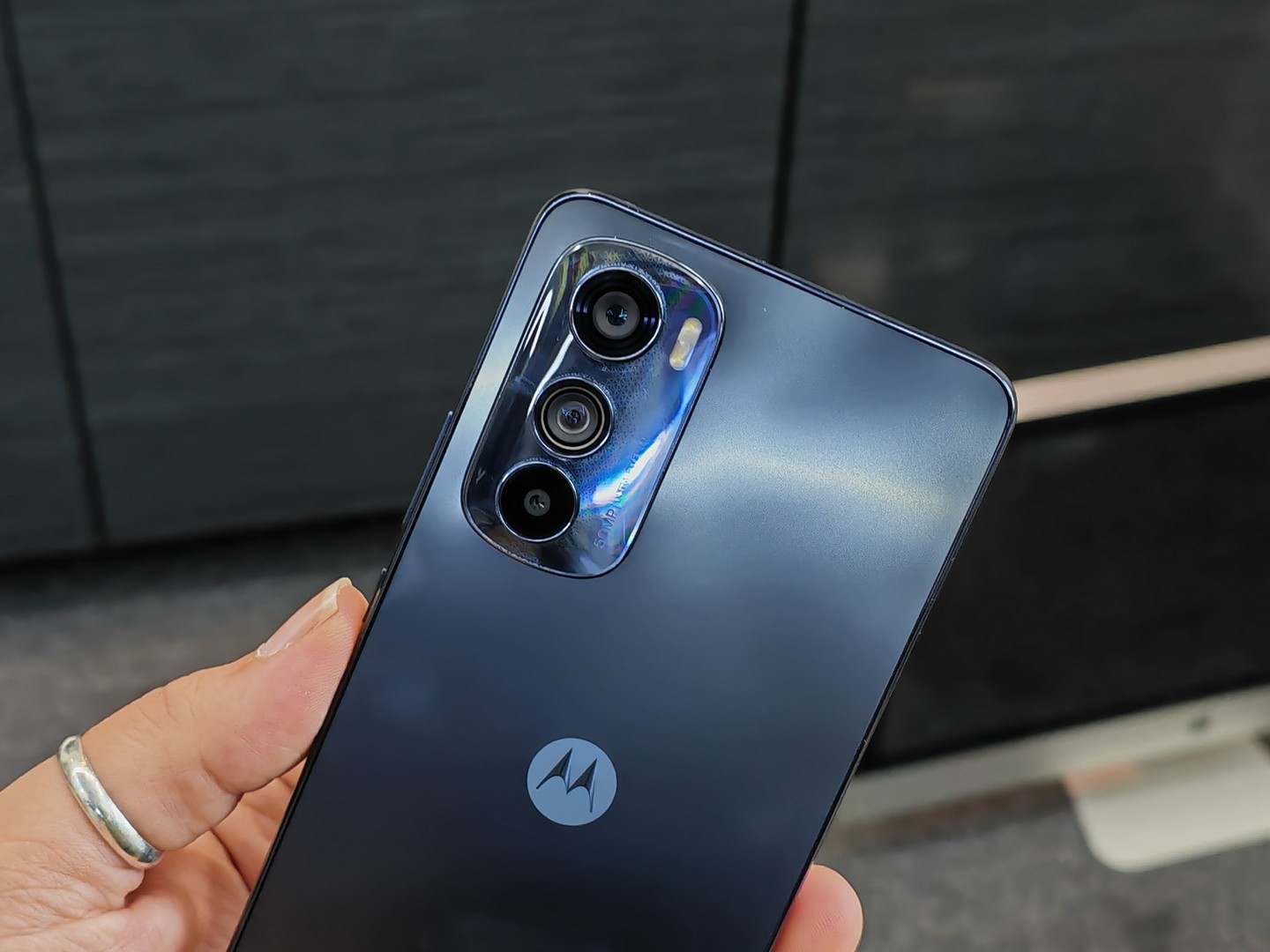
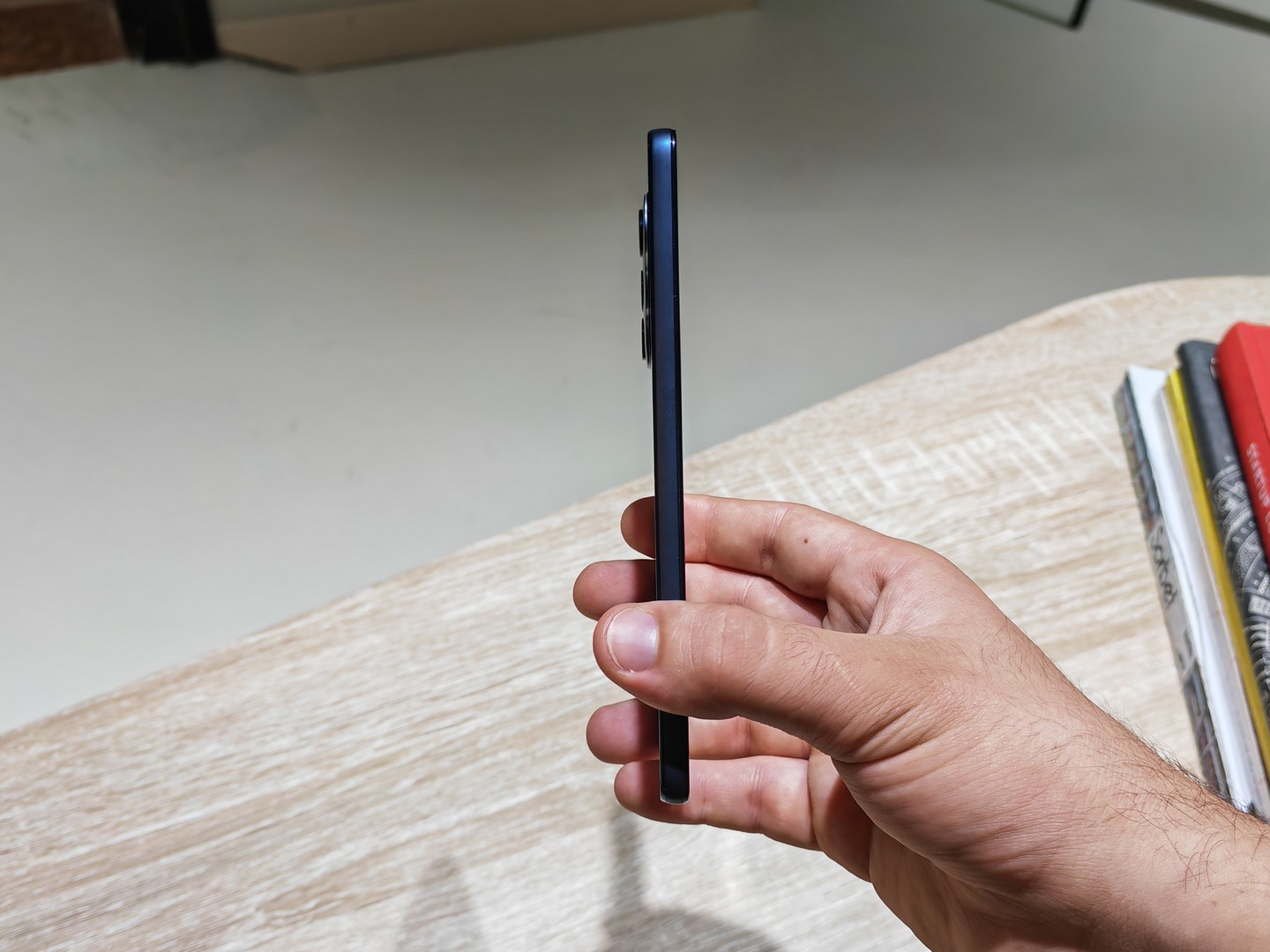
The phone looks exactly like its older brother, the Motorola Edge 30 Pro, with the same button layout but there’s a difference here with the back of the phone being flat instead of the curved back on the Pro version.
The phone is also light-weight at just 155gm but the curved back on the Pro version feels better to hold than this version of the phone, not particularly annoying or anything given how light the phone is.
Following in the footstep of its older brother, this phone also comes with all of the buttons on the right-hand side, the fingerprint here is under the display so we didn’t face any problems while reaching out to open the phone, the volume and power keys however felt mushy and not clickable enough.
The Motorola Edge 30 also comes with an IP52 waterproof rating, not the best waterproof rating you can get on a phone, so it’s not advisable to have the phone submerged in water although it can withstand minor splashes of water.
- Design Score - 4/5
Display
The screen on the Motorola Edge 30 has a resolution of 2400 x 1080, which makes it actually better than the Pro version because of the slightly smaller screen space. The pixel density on this phone is higher with 405 PPI in contrast to 393 PPI on the Pro version.
The display is the highlight of this phone, coming with AMOLED 144Hz panel that supports HDR10, we had a pleasant viewing experience with this phone. Scrolling through documents, and doing any task felt silky smooth with this phone’s display and stock Android that kept the UI as light as possible.
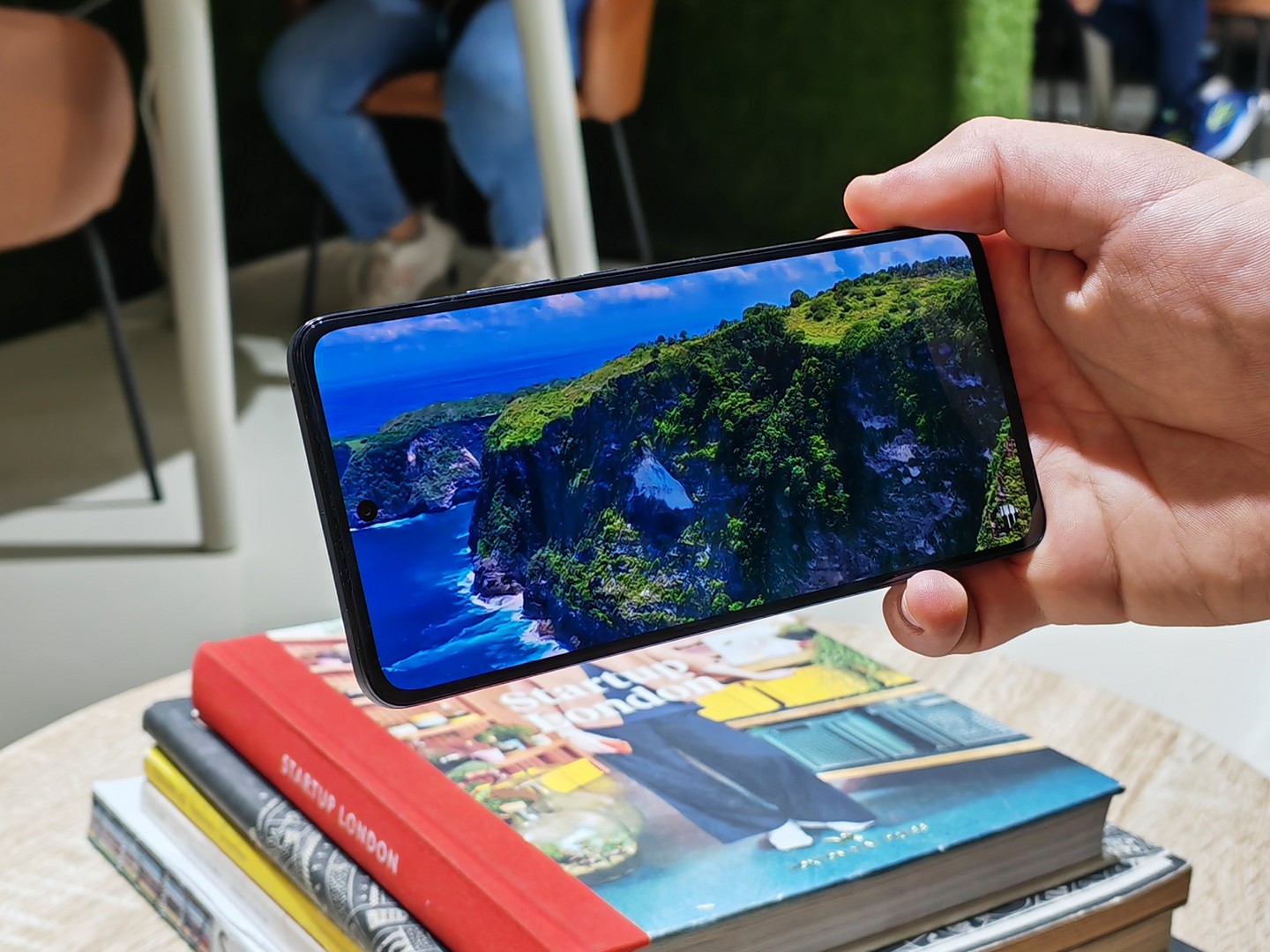
View-ability in the harsh summer sunlight of Dubai was good as well and we didn’t have any problem with that. Colour reproduction was good on this phone as you’d expect from an AMOLED display.
The flat display is rounded by narrow bezels that are symmetrical and felt really immersive, especially with the selfie camera taking a tiny bit of the screen space.
- Display score - 4.5/5
Cameras
The Motorola Edge 30 comes with a similar camera setup as the Pro version but with watered-down quality and fewer features. Here you’ll be losing the 8K video shooting as the main camera maxes out at 4K 30 fps and 1080P up to 120 fps that’s understandable given the SoC in this phone wouldn’t be able to handle footage that is more demanding on the processing front.
Other than that, you’ll find that the same 50 MP main camera paired with a 50 MP ultra-wide camera and a 2MP depth camera that doubles down as a macro camera.
The camera application is quite similar to what you’d find on a Pixel phone with a clean and easy-to-use interface and with the ability to change settings with swipes that are intuitive and easy to use, snapping a shot was snappy and instantaneous with this camera and the software which is something I missed that only stock Android devices offered.
The pictures in good lighting quality show good details and sharpness, the dynamic range isn’t the best but we can overlook that with the price point that this phone comes in. The ultra-wide camera was a little bit less sharp than the primary camera but it’s not a big difference.
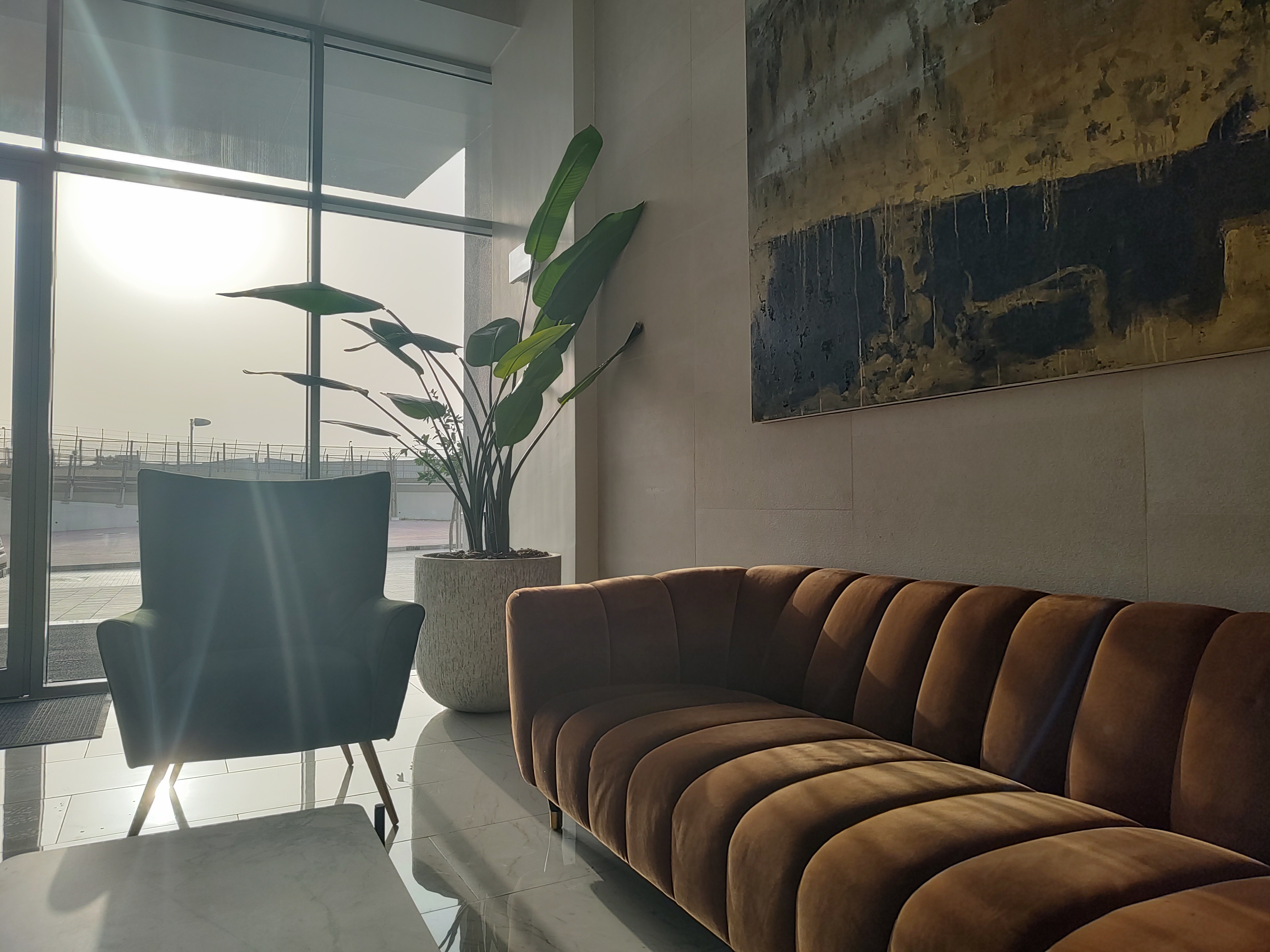

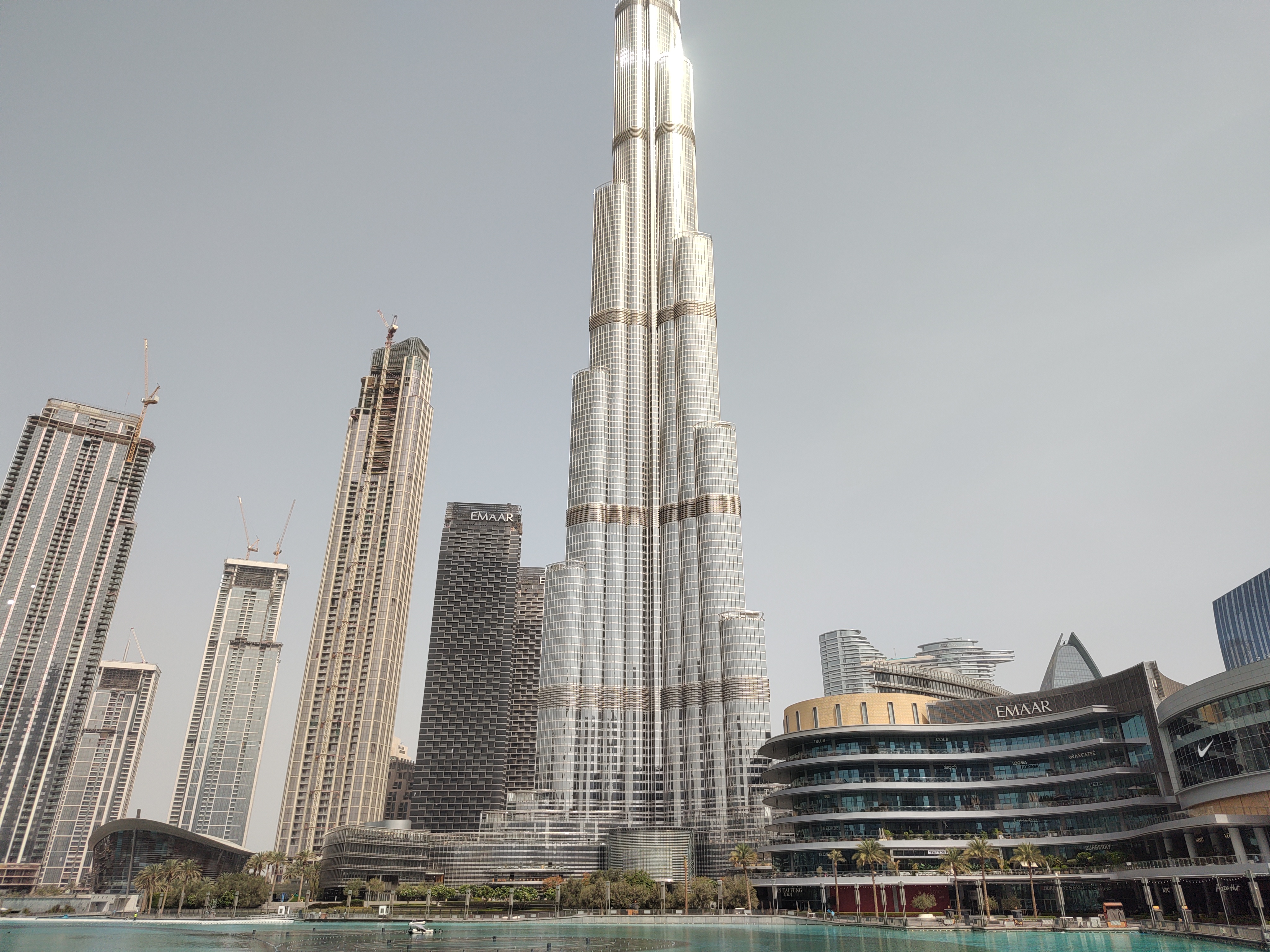


The camera uses “pixel binning” technology by default to produce shots with 12.6 MP resolution to give a reasonable quality of photos while preserving some space, if you want to shoot with the 50 MP resolution you’d have to choose that through a separate shooting mode from the camera options.
The troubles begins to show up when you use the phone in low lighting conditions. You’ll find a drastic drop in details and sharpness, and the highlights are usually blown away in these conditions. Using the night-mode didn’t make things much better as it made the image brighter but still lacking in details and with a ton of noise. Of course, you wouldn’t expect to get a flagship-like experience from this phone and low lighting photography is still a problem in this segment of phones.
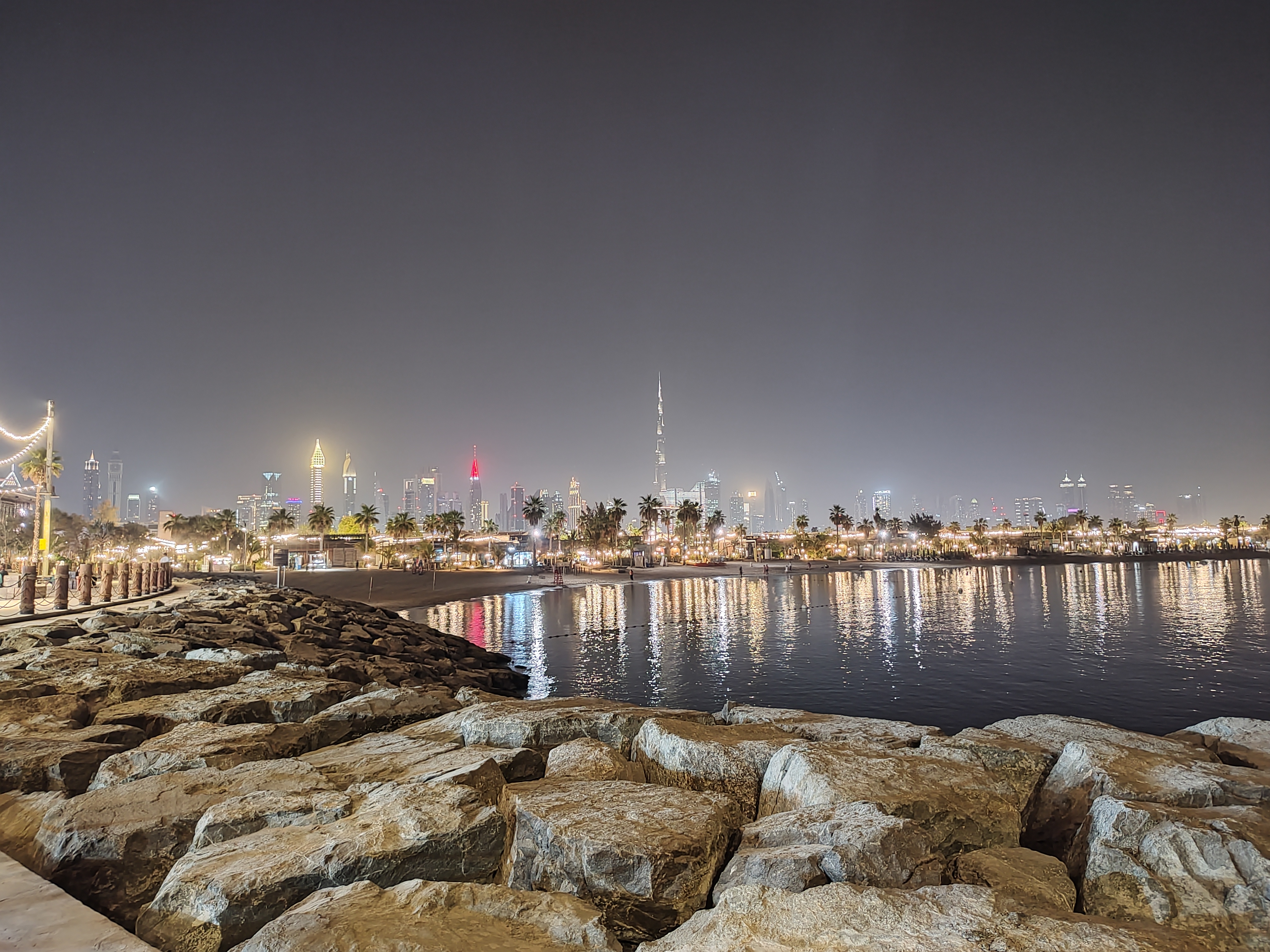
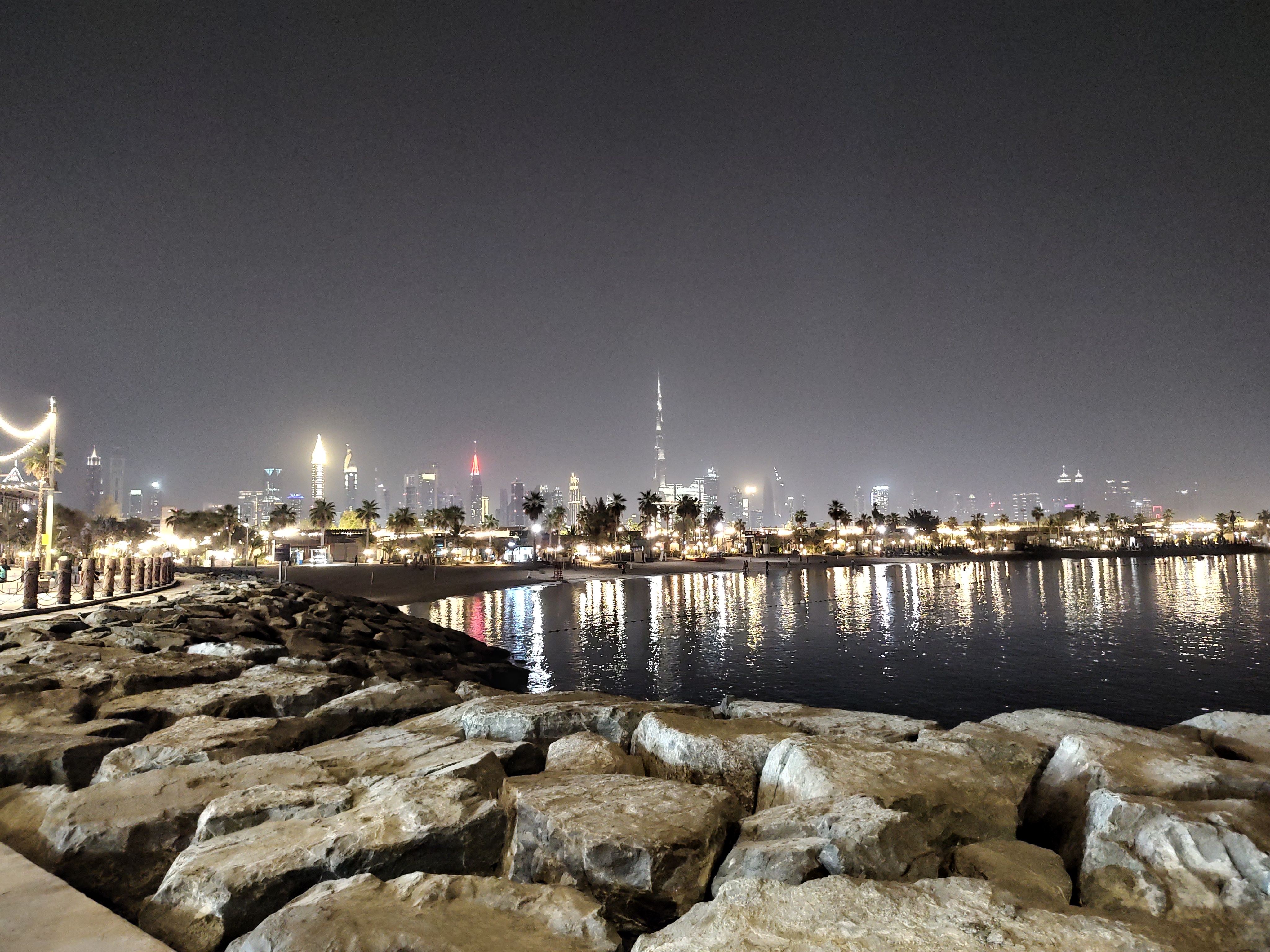

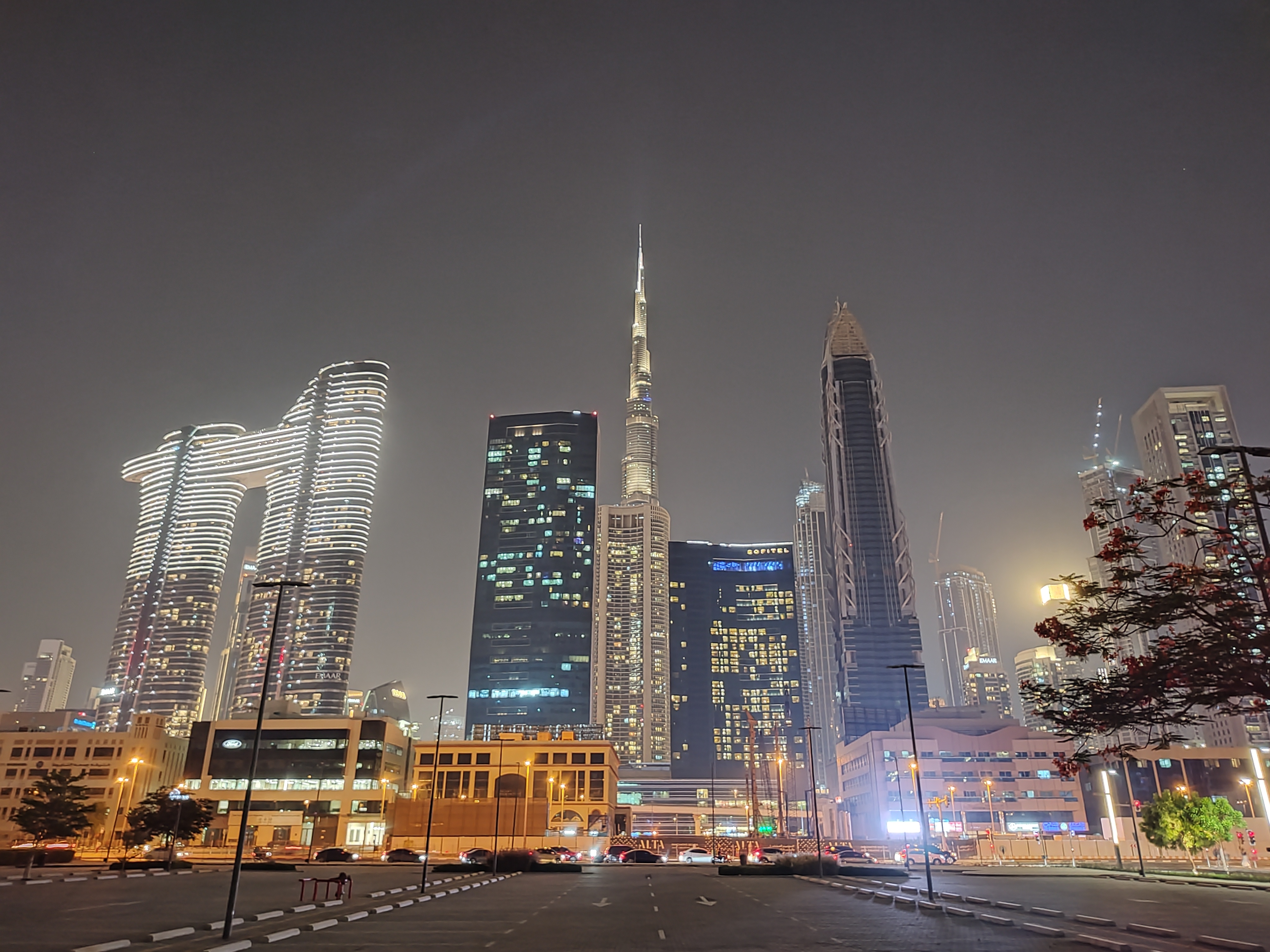

The selfie camera on this phone takes decent shots, but it’s not the best, the photos are a little bit soft and with any slight shake you’ll end up with an unusable photo, if you’re looking for a good selfie camera phone you’re better off looking somewhere else.
What applies to images also applies to the video, it’ll give you decent videos as long as you’re shooting in good lighting conditions, but shooting in low light conditions will only get you shaky, overblown and noisy videos.
You’ll get multiple camera modes with this phone that you’ll end up using one or two, there’s no optical zoom in the phone as the phone depends on digital zoom for magnification.


- Camera Score - 3/5
Performance
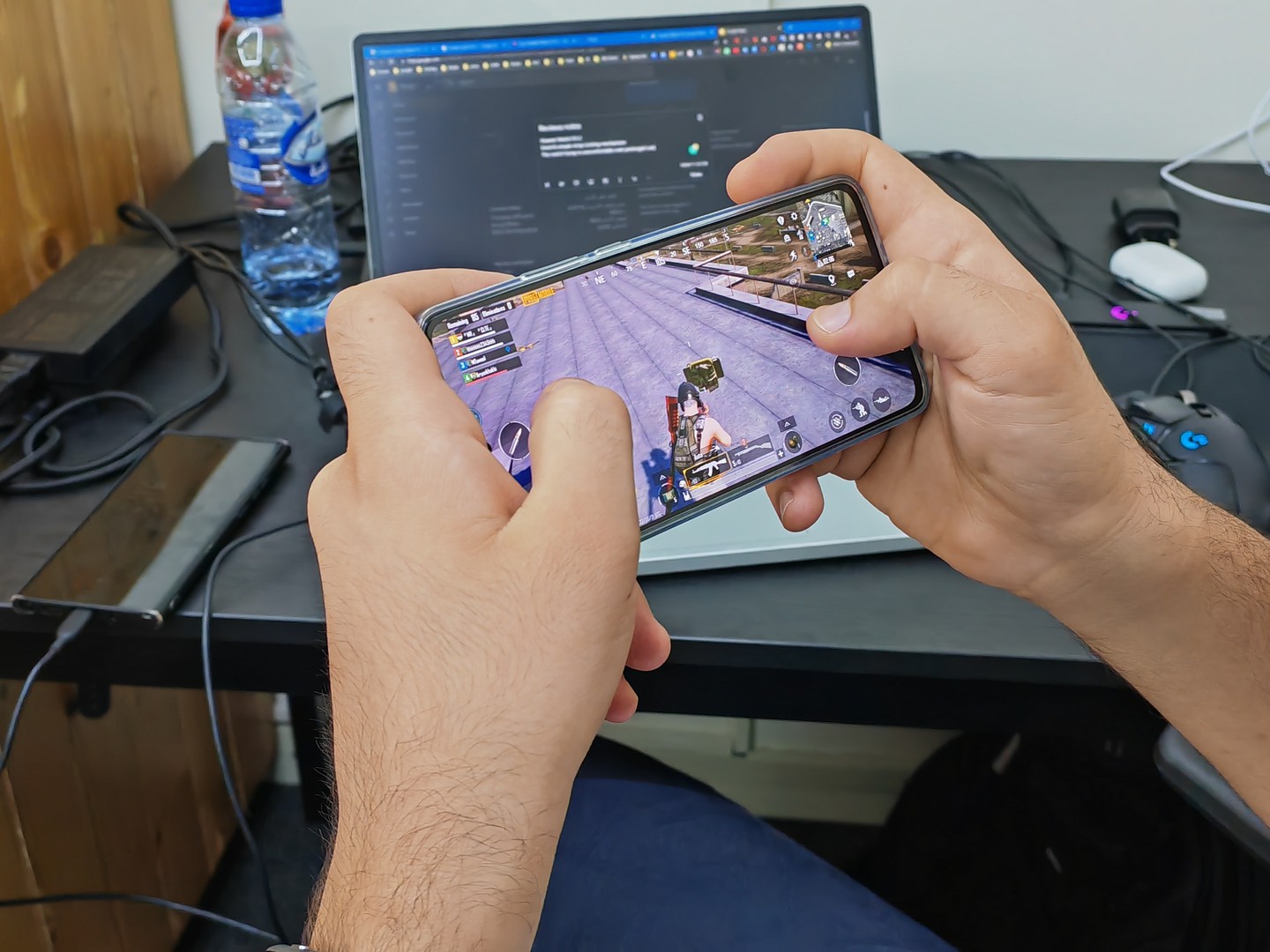
Along with the display, this is where the Motorola Edge 30 shines, with near stock Android and the Qualcomm Snapdragon 778G+ chipset. This phone can handle just about any task you throw at it with ease and in no time.
Pair that with the 144Hz display, and you’ll get buttery smooth performance. We’re really glad that Motorola decided to stick with this display on this phone too.
In our testing we found that Motorola Edge 30 beats most of the flagship chips from one and two years ago like Exynos 990 that you’d find in Galaxy Note 20 Ultra and Snapdragon 865 chipset. The phone also ranked on top of other mid-range chipsets, the phone scored a single-core score of 818 and a multi-core score of 2781 on Geekbench's tests. The phone also scored 2814 in 3DMark Wild Life and it also performed well in demanding games like PUBG Mobile and Call of Duty.
The performance of this phone is one of the best in its class and we would recommend this phone solely based on its performance.
- Performance Score - 4/5
Software

The phone comes with the latest Android 12 version of the bat and it provides a great experience with its bloatware-free near-stock Android UI that felt so fast to navigate through.
Motorola brings it's gesture use to this phone too and we really like it. You could open the camera by double-twisting the phone and doing so while the camera is open will switch between the selfie/primary camera, you can also double shake to open/close the flashlight. Pretty neat tricks that made it easier to use the phone and reach out to these shortcuts
I’ve missed the always-on display that Motorola removed from this phone “probably to preserve battery life” but Motorola has softened the blow by putting a “peek” feature where you’ll get quick info about the clock, and battery percentage and notifications when you hold the phone up.
You can also interact with the notifications by holding over them and you can choose the action you’d like to take without having to unlock your phone.
The Moto app also provides access to various themes, gestures and visual adjustments, as well as tips on how to use various functions in addition to that, you’ll also get a “ready for” feature that allows you to connect the phone to an external display and use it as mobile desktop, and you can also connect the phone to your PC to use the selfie camera as a webcam, pretty good features that didn’t impact the performance of the phone.
- Software Score - 4/5
Battery life and charging

When I first used the Motorola Edge 30 I was so tempted to not lower the screen refresh rate, I took the risk and spent a whole day with a 144Hz screen refresh rate turned on, and I got through the day without the phone dying on me. Even with heavy usage mid-day, the phone stuck it out. A true testimony of how good the battery on this phone is.
On paper, the battery size isn’t impressive, but using that near-stock Android UI paired with adaptive batter technology, the battery life turned out to be pretty good in this phone.
This phone comes bundled with a charger – can’t believe I’m writing this– something we took for granted for a very long time is becoming less and less spread among phone manufacturers who are removing chargers from their phone’s boxes. With this phone, you’ll get a 33W charger that charges the phone from flat to 100 percent in about 50 minutes, it’s not as impressive as Huawei, Xiaomi and Oppo phones that come with chargers rated at more than 65W, but it’s still a very decently fast charger.
As it’s the case with most mid-range phones there isn’t wireless charging here and you’ll have to use wired charging only.
- Battery Score - 3.5/5
Should I buy a Motorola Edge 30?
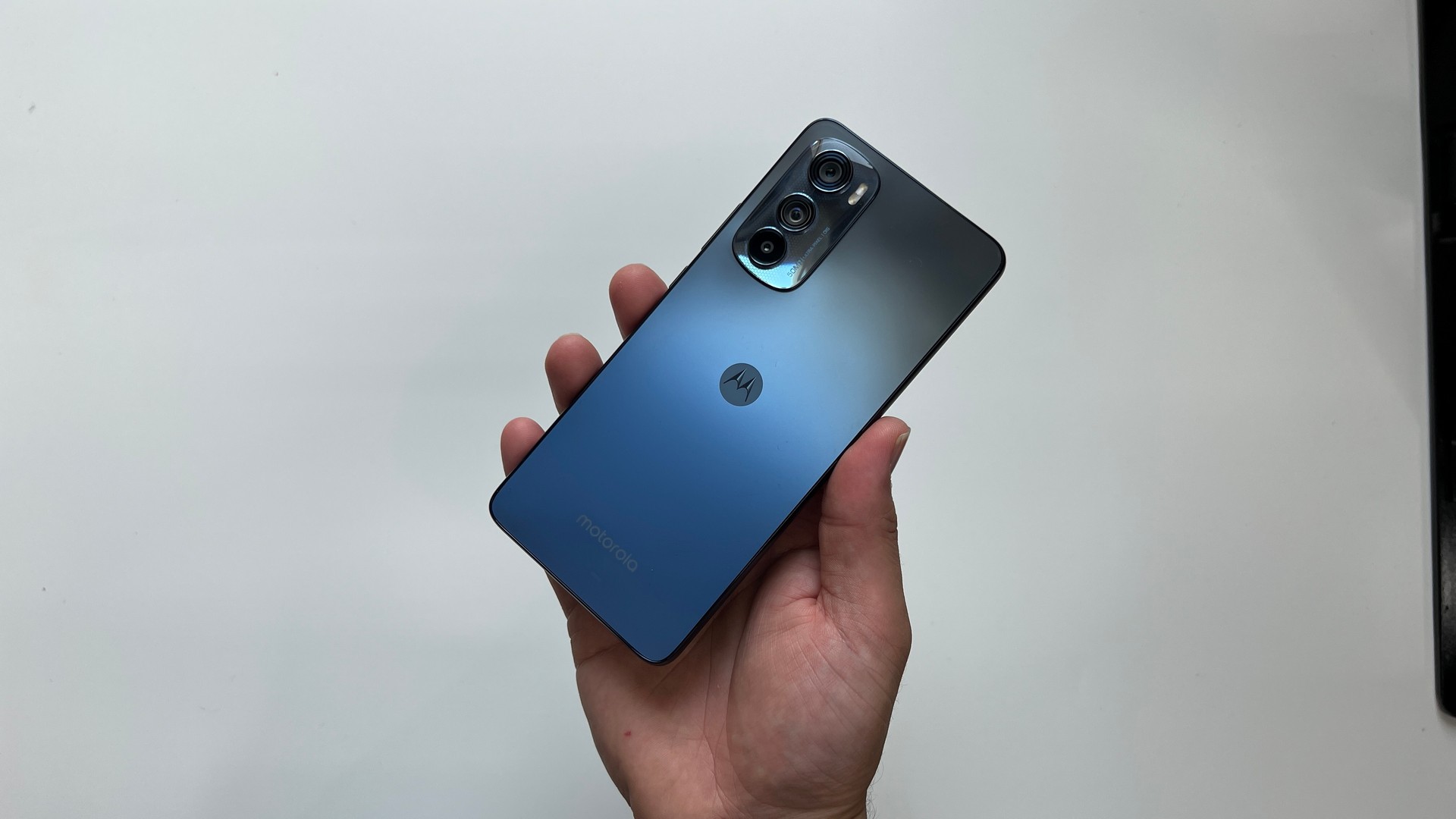
Buy it if ...
You want the fastest phone in the mid-range segment
The Motorola Edge 30 has the best performance we’ve seen on a mid-range phone with its perfect blend of Specs and Software that makes it a butter smooth experience to use it
You need a slim phone
The Motorola Edge 30 Pro is really slim and light, if you need a phone that looks and feels great, this is the right choice for you.
You need a phone with a great display
The Motorola Edge 30 will get you the fastest display on that price range with great visuals thanks to Motorola using AMOLED display
Don't buy it if ...
You want the best phone camera in the mid-range segment
The Motorola Edge 30 can deliver good images under normal conditions, but it's not the best camera phone in the mid range segment and it suffers in low light conditions
You want fast Android updates
Motorola hasn't had the best track record in updating their Android phones fast enough in comparison to other companies.

Mostafa has been working in the tech journalism industry since his teenage years following his childhood passion for PC hardware, tech and video games. Besides tech, his new interests are Esports scene and regional competitions.